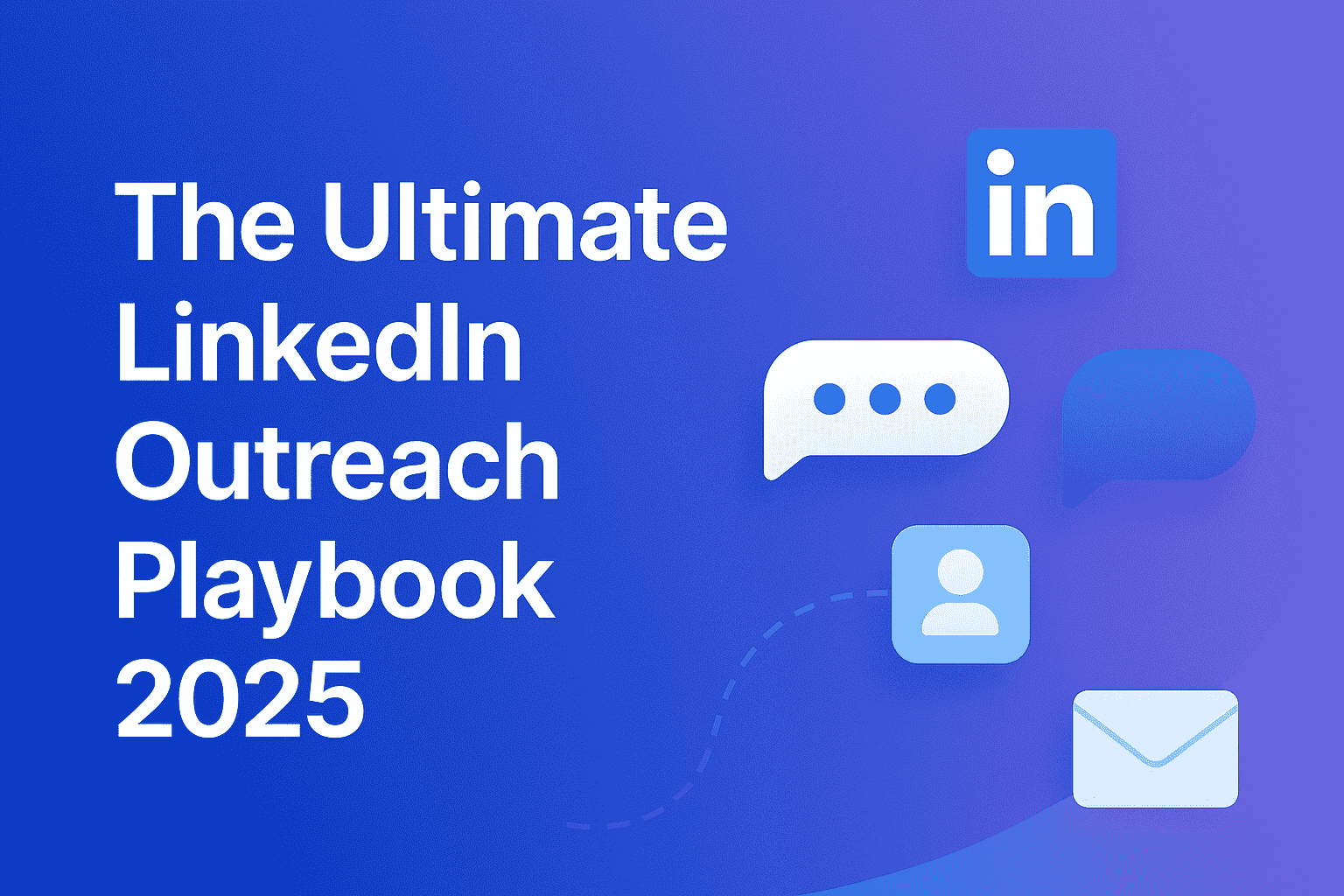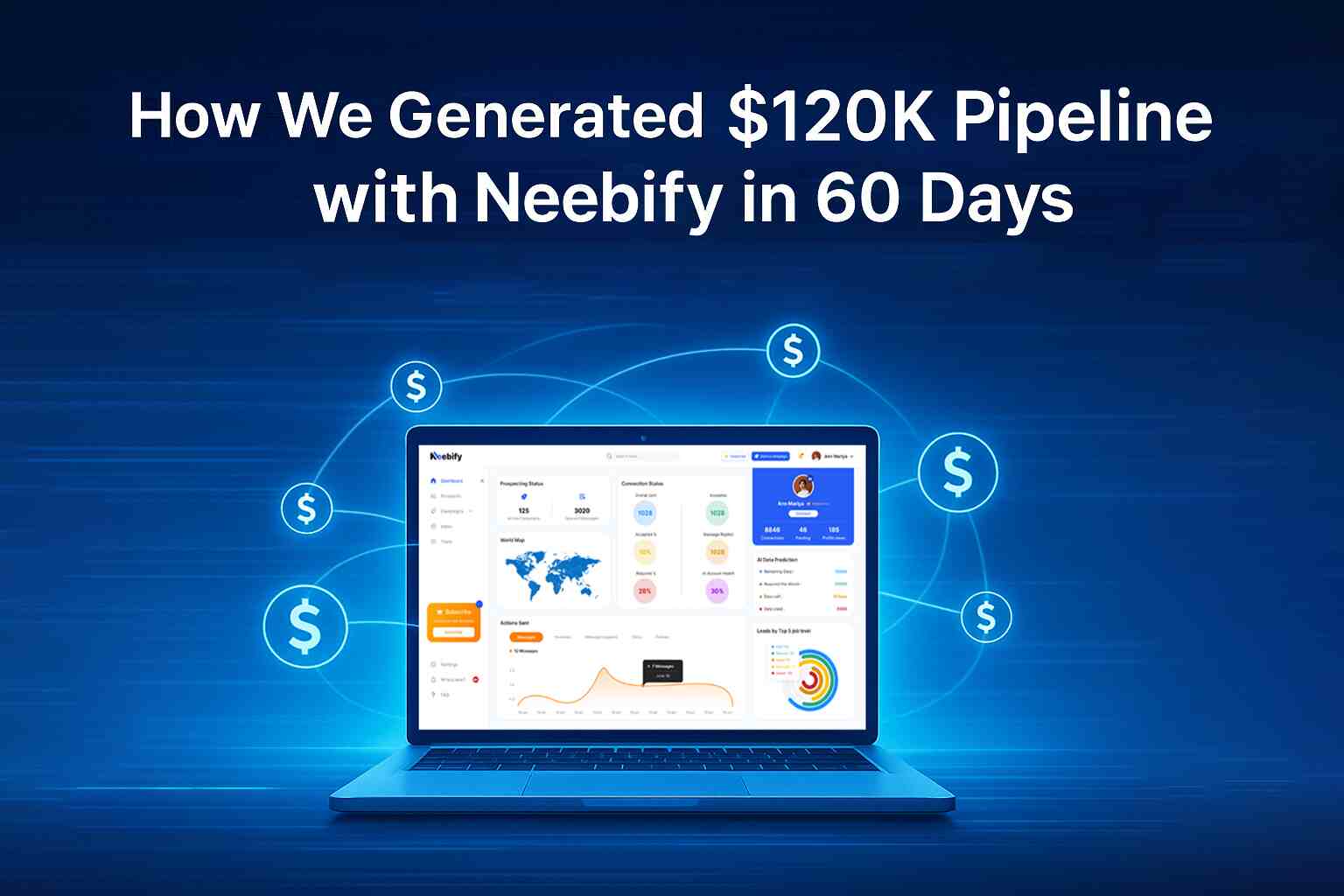Table of content
How to Train Your Sales Team to Maximize Automated Leads: A Complete Guide
In modern business, integration of automation in lead generation has fully changed how companies approach sales. Automated leads are bound to increase the volume notably, along with providing important data for targeting and conversion. But with a well-trained sales team, one can maximize such automated leads. This guide will walk you through the steps needed to train your sales force to take full advantage of automated leads, and the benefits associated with it.
Understanding Automated Leads
Before delving into the very process of training, it is crucial to understand what automated leads are. Automated lead generation involves the application of software and digital tools in prospect location, capturing, and qualification in the absence of human intervention. This can be done through a variety of techniques, which include e-marketing automation, running social media campaigns, and setting up CRM systems that are integrated with scoring mechanisms.
Automated leads will be generated through a variety of channels:
Email Campaigns: Automated emails are dispatched to a targeted prospect list, which helps in guiding the prospects through the sales funnel. Run automation Ads on platforms like LinkedIn and Facebook for lead generation. Place automated webinars that bring value to your audience and collect their contact information. AI-powered chatbots on websites will help in engaging visitors and capturing their details for follow-up purposes.
While automated leads ensure a constant inflow of prospects, they also, on the other hand, entail a certain strategy of nurturing and converting them.
Step 1: Laying the Foundation with Knowledge
Understanding the tools and processes involved in automated lead generation is the first step to training your sales team for this, and it should be foundational to their work, thus very essential for engaging your team with the leads.
1.1 Educate on the Basics of Automation
Familiarity with the Technology: The team needs to get familiar with the tools used in lead automation, be it in any CRM systems, email marketing platforms, and social media automation tools.
Such as Lead Scoring: How lead scoring works. Introduce the team to an understanding that some automated systems score leads based on behavior, which may mean anything from opening emails to visiting websites. The scores shall enable sales reps to understand the meaning derived behind those scores, thus igniting some starting point toward decision-making for follow-ups.
1.2 Familiarization with the Customer Journey
Mapping the Journey: The reason being, a sales team needs to be aware of what stages the customer is going through. This helps in understanding exactly where the lead is within the funnel and tailoring an apt message at proper timing.
Touchpoints: The team should be educated on the value of touchpoints since every point of contact with a lead is supposed to be relevant and useful enough to draw a lead towards conversion.
1.3 Role of Content in Automation
Content as a resource: Most automated leads will have engaged your content before they ever speak to a sales representative. Train your team about the role content plays in lead nurture and how it can be deployed in these conversations.
Engaging automated leads completely requires a different approach compared to traditional cold calling or direct sales techniques. Your team should be articulate in nurturing leads that have already developed an interest in either your product or service.
Step 2: Training on Lead Engagement
Training on lead engagement gives your sales teams the right skills to connect effectively with potential clients through the building of rapport, understanding customer needs, moving leads through the sales funnel, increasing conversion rates, and improving customer satisfaction.
2.1 Personalized Communication
Customized Messaging: Most of the time, automated leads require personalized communication. Train your team to make use of data from CRM systems to craft messages for their outreach that is tailored to address the needs and interests of each lead.
Use of Templates: Ask the team to give e-mail and call templates that can be modified depending on the interest or action of the lead.
2.2 Timely Follow-ups
Response Time: Leads go cold very fast in automated leads. Impress on the need for timely follow-up responses, preferably within minutes or hours since an activity was performed by the lead.
Automated Reminders: Set automated reminders for follow-up via CRM so that no lead will be allowed to fall between the cracks.
2.3 Multi-Channel Engagement
Cross-platform outreach: Train your team to reach out to leads at every touchpoint: email, phone, social media, etc. In this way, you will increase your chances of making contact with the lead and convert it further down the sales funnel.
Consistency across channels: Make sure your sales staff communicate the right message across all touchpoints. Customers will be able to connect more dots, and it will reinforce their trust in the value proposition your brand wants to sell them.
Step 3: Advanced Sales Techniques
It is now time to introduce the sales team to some advanced techniques that maximize the potential of the automated leads after they become comfortable with the idea of basic engagement.
3.1 Qualifying Leads Effectively
Lead Scoring Systems: One must train the sales team on the use of lead scoring to identify the quality of the lead. Those leads that are rated high should be prioritized for direct contact.
Asking the Right Questions: Arm your sales team with questions that further qualify leads through conversation so they focus their effort on the leads most likely to convert.
3.2 Building Rapport
Humanizing the Interaction: Sometimes automated leads tend to feel impersonal, so educate your team on rapport-being able to show real interest in the needs of a lead and give personalized solutions.
Storytelling: Teach your teams the art of telling stories. Using case studies or success stories that resonate with the situation of the lead can help in moving them towards a definitive decision.
3.3 Objection Handling
Anticipating Objections: Anticipate objections and arm your teams with pre-prepared answers. Automated leads may challenge your service on price, implementation, or value, to which queries your team needs to answer confidently.
Overcome Objections: Depending on the product in question, the strategy used to overcome objections may include demos, trials, or detailing of products that will instill confidence in the best result in the solution.
Step 4: Continuous Learning and Improvement
Sales techniques and automation tools are ever-evolving. Continuous learning and improvement is what will keep your team at the top of sales.
4.1 Regular Training Sessions
Continuous Training: Arrange for continuous training sessions with the aim of introducing your team to new software, techniques, and approaches. This is how your group will familiarize itself with current changes and happenings in automated lead generation.
Cross-Learning: Encourage your group to brainstorm experiences and successful ways that each team member has tried. Technically, this would create a learning environment and teamwork across the organization.
4.2 Performance Tracking and Feedback
KPIs and Metrics: Track your team's performance with the help of KPIs in relation to their conversion rate concerning automated leads. The key metrics include conversion rate, follow-up time, and lead response rate.
Constructive Feedback: Your sales team should be informed in a timely manner regarding their actual performance. This will enable pointing out areas that need improvement and offering solutions to overcome challenges.
4.3 Adapting to Feedback
Customer Feedback: Train your team to actively seek and respond to feedback from leads. Insight into why you lose leads or have conversions that are often later are very relevant in honing your approach.
Internal Feedback Klaxon: Provide an ability to enable sales reps with feedback on the automated toolkit or the automation process in general. This helps in bringing to light any bottlenecks or inefficiencies in the system.
Benefits of Training Your Sales Team to Maximize Automated Leads
Engaging your salespeople to intelligently handle and convert automated leads can gain you several benefits for your organization.
1. Increase Conversion Rates
Targeted Engagement: A well-trained sales team can target engagements of the leads in an improved manner, leading to enhanced conversions.
Effective follow-ups: Improper follow-up is a major cause of loss of leads. A trained sales team will be in time and with relevant feedback, thereby reducing to a greater degree chances of losing the lead.
Focus on High-Quality Leads: A trained sales team identifies top-quality leads first and focuses their efforts where they are most likely to pay off.
Less Wasted Effort: With good lead qualification, your team won't waste time on leads unlikely to convert.
2. Better Customer Relationships
Personalized Interactions: Training to personalize communications with prospects strengthens relationships with the client and satisfies them enough to create loyalty.
Building Trust: Efficiently explaining objections and offering solutions is how well-trained sales representatives build trust in the leads and make them most likely to choose your product or service.
3. Better Sales Efficiency
Smoother Processes: Training will help your sales force use the automation tools more smoothly; their workflow is organized, and they are able to handle more leads without compromising on quality.
Greater Productivity: Proper training ensures that your sales team is able to handle a larger number of leads with efficiency, which, in turn, means increased productivity.
4. Competitive Advantage
Well-Keep Your Business Ahead of the Game: A well-trained sales team which is able to maximize automated leads indeed gives your business an edge over the competitive advantage.
Adaptability: Continued training ensures that your sales team can make adaptations very quickly to any changes in technology—e.g., customer behavior—hence keeping your company ahead of the competitors.
Conclusion
Training for your sales team on maximizing automated leads is a critical step toward achieving the best possible results from your lead generation formula. Through a foundation of learning set firmly in place and dazzling them with newly refined selling abilities, the ability to conquer automated leads will be refined within your team. Benefits range from an increase in conversion rate to better-qualified leads, improved customer relationships, and a better lead in the market.
It's not just about skills-building; it's about investing in the future success and continuous growth of your business in an ever-increasing automated world.
Get your next meeting in a
matter of minutes.
Free Trial
Latest
The Ultimate LinkedIn Outreach Playbook 2025
A practical, modern guide to mastering LinkedIn outreach in 2025 — learn how to boost reply rates, p
12/1/2025How to Find 100 ICP Leads Without LinkedIn Sales Navigator
Generating 100 targeted ICP leads doesn’t require LinkedIn Sales Navigator. Learn how to leverage fr
11/28/2025


